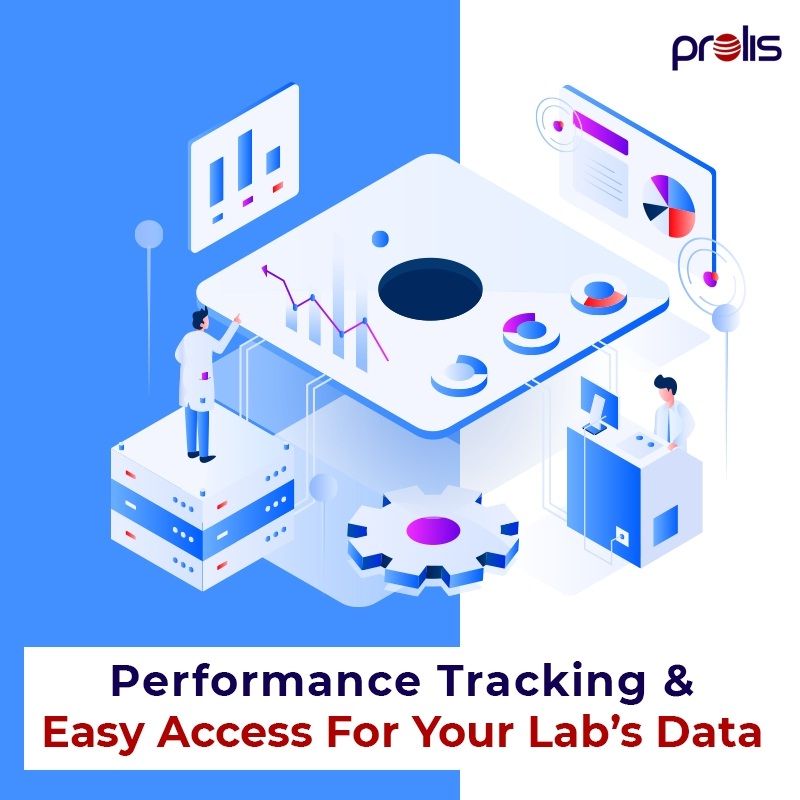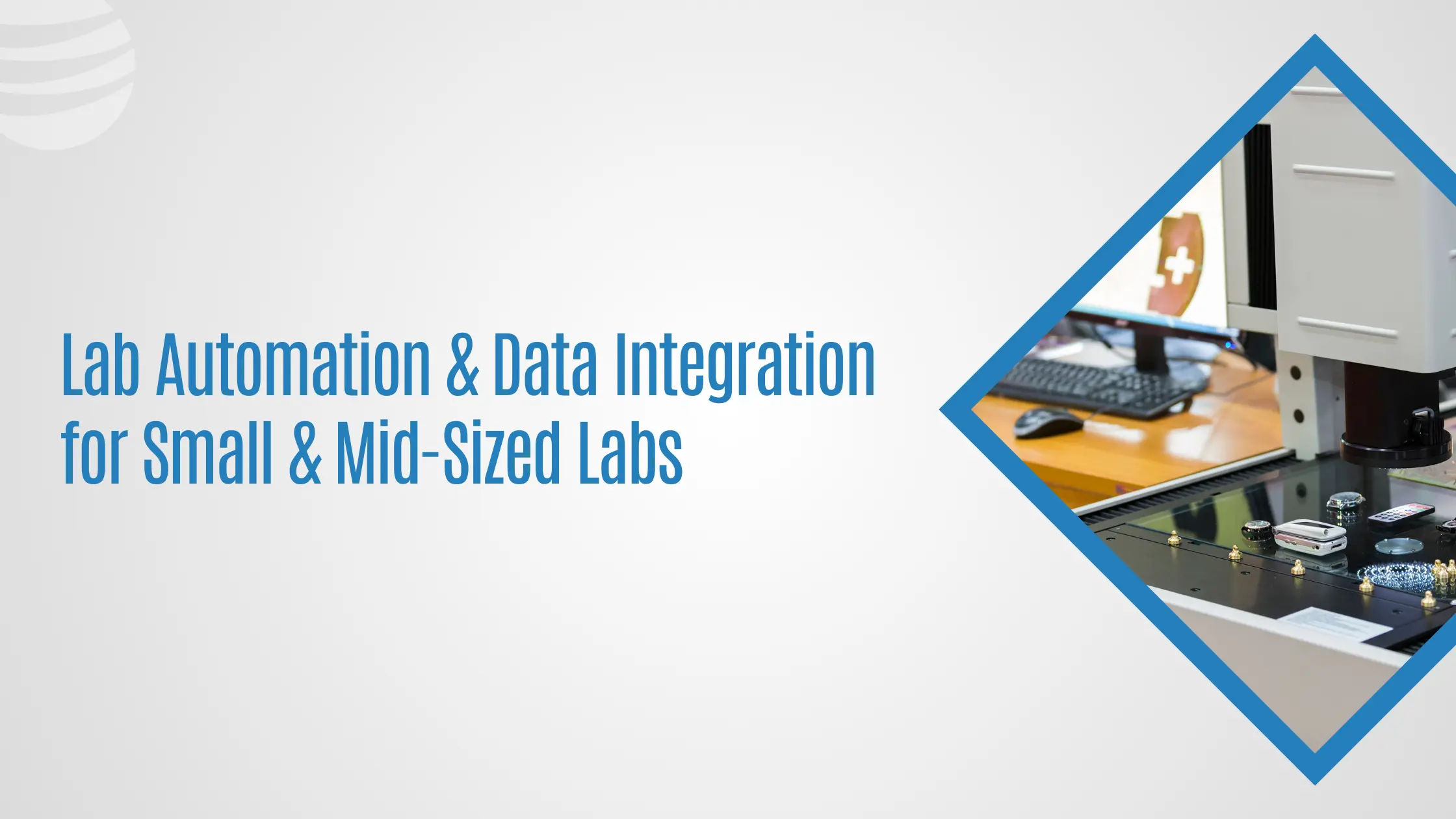

Clinical Laboratory Information System: Redefining Roles in Healthcare
The adoption of robust Clinical LIS System Software is revolutionizing healthcare, streamlining workflows, and improving patient care. This advanced technology, encompassing laboratory information systems (LIS) and other integrated components, significantly impacts various healthcare roles, from phlebotomists to pathologists. This article explores the transformative influence of Clinical LIS systems, examining their impact on different healthcare professionals and the overall enhancement of laboratory efficiency and diagnostic accuracy. We will delve into the key features, benefits, and future trends shaping the landscape of clinical laboratory informatics.
Understanding the Clinical Laboratory Information System (LIS)
A Clinical Laboratory Information System (LIS) is a sophisticated software solution designed to manage all aspects of a clinical laboratory’s operations. It integrates various functions, including specimen tracking, test ordering, result reporting, quality control, and billing. This centralized system replaces manual processes, reducing errors, improving turnaround times, and enhancing overall efficiency. Key features often include:
- Specimen Management: Automated tracking of specimens from collection to disposal, minimizing loss or misidentification. This includes barcoding, accessioning, and tracking of specimen location within the lab.
- Test Ordering and Result Reporting: Streamlined ordering of tests, with automated routing to the appropriate laboratory sections. Results are electronically reported, often with integrated alerts for critical values.
- Quality Control and Quality Assurance: Built-in tools for managing quality control data, ensuring adherence to regulatory standards, and tracking performance indicators.
- Inventory Management: Tracking of reagents, supplies, and equipment, optimizing inventory levels and reducing waste.
- Reporting and Analytics: Comprehensive reporting capabilities, providing insights into laboratory performance, operational efficiency, and cost analysis. This often leverages data analytics and business intelligence tools.
- Integration with other systems: Seamless integration with hospital information systems (HIS), electronic health records (EHRs), and other laboratory instruments, facilitating data exchange and reducing manual data entry.
Redefining Roles: The Impact on Healthcare Professionals
The implementation of a Clinical LIS system significantly alters the roles and responsibilities of various healthcare professionals. Let’s examine the impact on key stakeholders:
1. Phlebotomists and Specimen Collectors:
With a Clinical LIS, phlebotomists benefit from streamlined specimen collection processes. Barcoding and automated accessioning minimize manual data entry and reduce the risk of errors. Real-time tracking of specimens ensures efficient routing and minimizes delays. The system can also provide phlebotomists with real-time information on test orders and patient information, improving efficiency and reducing errors.
2. Laboratory Technicians and Technologists:
Laboratory technicians and technologists experience a significant increase in efficiency. Automated workflows, integrated instrument interfaces, and electronic result reporting reduce manual tasks and free up time for more complex analyses. The system provides immediate access to patient information and test results, facilitating faster turnaround times and improved diagnostic accuracy. Quality control features within the LIS help ensure adherence to best practices and regulatory compliance.
3. Laboratory Managers and Supervisors:
LIS systems provide laboratory managers with real-time insights into laboratory operations. They can monitor workflow, track key performance indicators (KPIs), and identify areas for improvement. The system’s reporting capabilities facilitate better resource allocation, cost management, and overall laboratory optimization. The improved efficiency and reduced errors contribute to enhanced laboratory productivity and profitability.
4. Pathologists and Physicians:
Pathologists and physicians benefit from faster access to accurate and comprehensive test results. The electronic reporting features of the LIS eliminate delays and improve the speed of diagnosis. Integrated alerts for critical values ensure timely intervention, improving patient outcomes. The system also facilitates better communication between pathologists, physicians, and other healthcare professionals, improving collaborative care.
5. Billing and Administrative Staff:
The LIS streamlines billing processes by automating the generation of invoices and reports. It integrates with other hospital systems, reducing manual data entry and improving accuracy. This leads to faster reimbursements and improved financial management for the laboratory.
Benefits of Implementing a Clinical LIS System
The benefits of implementing a Clinical LIS system extend beyond individual roles, impacting the entire healthcare organization. These include:
- Improved Accuracy and Reduced Errors: Automation minimizes manual data entry, reducing the risk of transcription errors and improving the accuracy of test results.
- Faster Turnaround Times: Streamlined workflows and automated processes reduce delays, leading to faster diagnosis and treatment.
- Enhanced Efficiency and Productivity: Automation frees up staff time, allowing them to focus on more complex tasks and improving overall laboratory productivity.
- Better Resource Management: The system optimizes resource allocation, reducing waste and improving cost-effectiveness.
- Improved Patient Safety: Real-time alerts for critical values and improved accuracy of test results contribute to enhanced patient safety.
- Enhanced Compliance and Regulatory Adherence: Built-in quality control features help ensure compliance with regulatory standards.
- Improved Data Management and Reporting: Comprehensive reporting capabilities provide valuable insights into laboratory performance and operational efficiency.
Choosing the Right Clinical LIS System Software
Selecting the appropriate Clinical LIS system requires careful consideration of various factors, including:
- Laboratory Size and Complexity: The system should be scalable to accommodate the specific needs of the laboratory.
- Integration Capabilities: Seamless integration with existing hospital systems and laboratory instruments is crucial.
- User-Friendliness: The system should be intuitive and easy to use for all staff members.
- Cost and Maintenance: The total cost of ownership, including implementation, training, and maintenance, should be considered.
- Vendor Support and Reputation: Choosing a reputable vendor with excellent customer support is essential.
Conclusion
The implementation of a Clinical LIS system represents a significant advancement in healthcare technology. By streamlining workflows, improving accuracy, and enhancing communication, it redefines the roles of healthcare professionals and significantly improves the overall quality of patient care. As technology continues to evolve, the future of Clinical LIS systems promises even greater efficiency, accuracy, and integration within the broader healthcare ecosystem. The strategic adoption of advanced Clinical LIS System Software is no longer a luxury but a necessity for modern clinical laboratories seeking to optimize operations and deliver superior patient outcomes. Understanding the nuances of these systems and their impact on various healthcare roles is crucial for successful implementation and maximizing the benefits they offer.


